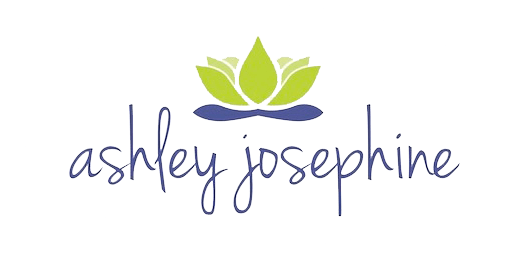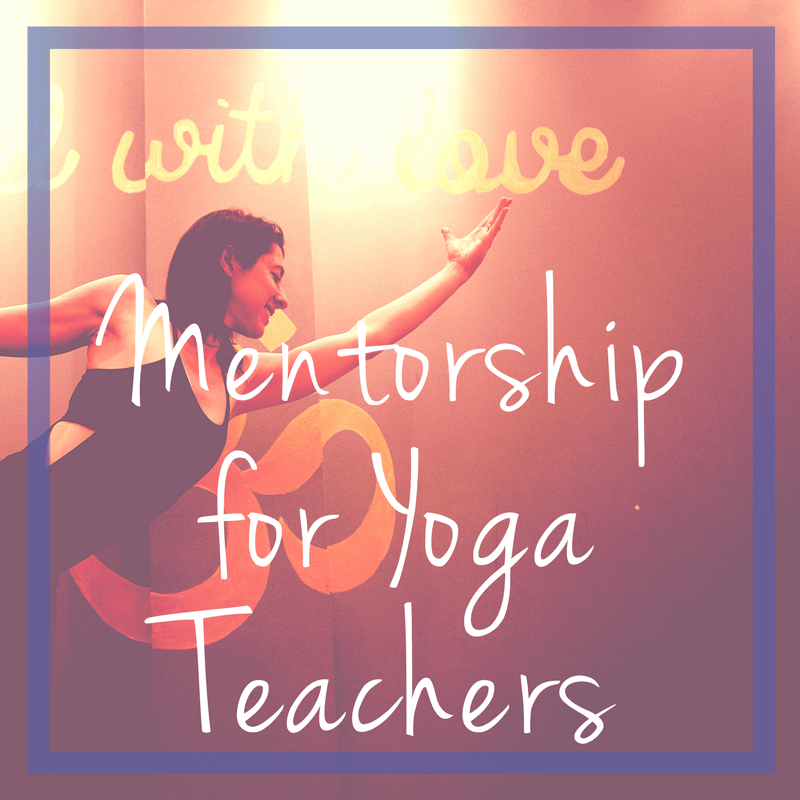This is part 3 in an 8-part series on building a successful yoga business. Like the Yoga Sutras, these steps are intended to build off of one another. First, you’ll need to define success. Then you’ll need to make a map.
At this point in our series on building a successful yoga business, you may be impatiently raising your hand, practically jumping out of your seat thinking to yourself, “I know what the next step is! I have to have a niche.”
Agreed. You do need a niche. But…
Have you ever tried to define your niche? I have. Many, many times. It’s one of the most frustrating parts of business. Here’s why.
To clearly define your niche so that it actually helps you clarify your offerings and branding, you have to take a good, hard look at yourself.
One of the most difficult parts of teacher training is finding your own voice. I struggled mightily with this after I graduated.
It’s incredibly frustrating to constantly receive feedback from students about how pleasant your voice sounds while at the same time your teachers are telling you to offer more “Ashley” in your classes. I honestly had no idea what that meant for YEARS. Unfortunately, I was the only one who could figure it out. I just wasn’t willing to show up as “Ashley” yet. It felt too vulnerable.
I thought I knew how to be a good teacher. I knew how to do the poses “right.” I knew how to teach correct alignment. I knew how to cue impeccably. But doing all those things doesn’t guarantee a steady student following. My students came to my classes because I taught at convenient times and because they knew I would teach a solid class. Being a “good” teacher isn’t good enough for building a successful yoga business.
It wasn’t until I decided to do something no one else was doing that my class sizes really started to blossom, along with new opportunities and more income.
The day I said screw it all, I’m doing it my way
In January 2017, I decided that I was going to start incorporating yoga philosophy into every single one of my classes. I was going to teach the Yoga Sutra to my students and I was going to do it one (or a few) sutras at a time. There were going to be sutras that I didn’t really understand. All the more motivation to figure it out and study it deeper.
This arrangement forced me to study, but also made my classes about more than just the poses. This better reflected my personal yoga philosophy and better aligned what I was teaching with what I practice.
Honestly, had I not made this shift in my teaching to better reflect who I am (an intellectual nerd) I probably would not still be teaching yoga today.
Making this shift was SCARY. No one teaches yoga philosophy in 60-minute group classes anymore for a reason: people come to yoga class to sweat and move, not to hear some 20-something preach about things she doesn’t understand. I didn’t care. I wanted to learn and teach and share yoga philosophy. So I did it. It forced me to figure out how to make the Sutra more accessible. It helped me deepen my own understanding and reverence for this practice. It helped me better apply the lessons of the Sutra to my own life. And it has inspired me to completely change my focus in my teaching.
This shift to teaching what I wanted to share despite the fear that no one would come to my classes anymore turned out to be game-changing. My teaching got better, my classes sizes doubled and tripled, my relationships with my students deepened, and the practice of yoga continues to inspire me and lift me up.
But it wasn’t until I finally said: “Screw it, I’m not following the rules anymore,” and gave myself full permission to show up as ME that all of this started falling into place.
Ironically, the people who always told me I needed to add more “Ashley” to my classes are not the people I teach for anymore. It turns out that my philosophy intros would not have been welcomed at those studios; for my teaching to improve I also needed to embed myself in a new community that better represented the values of Ashley. It took me years to figure out who I was as a yoga teacher because the places I was teaching wouldn’t allow me to fully show up as me. (Bummer how that works. Yogi rebel entrepreneurs have a hard time fitting in…)
The Ownwork
Finding your own voice is about discovering you. Good news is, yoga is designed to guide you through that journey. You’re the only one who can do this work. You can’t hire someone to do it for you but you can hire someone to help guide you through!
Finding your voice in teaching is about fully embracing all the parts of you. For me, that meant finally being okay with wanting to be a writer when I grow up and finding a way to make my yoga offerings align with my writing skills.
Being Ashley means being unafraid to be me, saying things the way I want to say them, doing things the way I want to do them, and standing behind everything I do because I know it’s coming from my soul.
It’s about marrying my talents as a marketer and writer with my talents as a teacher and an educator and not being ashamed about what I’m naturally good at. It’s about bringing forth my passion for the history, anatomy, and philosophy of yoga and the methodology of teaching and transformation, even when on the surface it doesn’t seem like those things go together.
For me to be successful, I have to find a way to show up with all the parts of myself. I can’t leave part of me at home when I go out and teach otherwise I’ll struggle to feel like I’m connecting.
The magic of the practice only begins once we’ve put in the time to do the inner work (own work) that allows the magic to unfold.
We have to get to know ourselves, love ourselves, be ourselves before we can go out and do great things for others.
Why you don’t need another training
This does not mean it’s time to go out and enroll in another training. One of the things I found interesting in my full-time yoga teacher project was that most yoga teachers turn to trainings to help them overcome burnout and regain inspiration in their teaching. I understand why learning new things is exciting and fires us up, but we can’t just keep learning new things! We have to pause and make sure that we’ve set a solid foundation for our teaching on top of who we are as a human being. Without this understanding, we’ll just overload our brain with information and fool ourselves into thinking we can overcome our insecurities with knowledge.
So often we choose to take additional trainings and certifications to shore up the areas where we feel we are weak. But most of the time we don’t fully understand yet where we are strong. We keep patching up a leaky boat with the wrong tools!
This is why you might not need to worry about your niche quite yet
You can do all the worksheets and exercises in the world to help you “define your niche.”
But I promise you that you’ll have a hell of a time making your niche work if you haven’t first spent time doing your ownwork. It’s not until you can fully embrace who you are, what you do best, and how you wish to show up in the world that you will be ready to define your niche.
If you need guidance on this journey, seek it out. (Hint: guiding yoga teachers through this journey is my specialty!)
Check out the Successful Yoga Business Starter Kit for a free worksheet that I give all my mentorship clients. It will help you start getting a good feel for who you are, what you teach, and how you want to show up as a yoga professional. You can sign up for access to this free resource library below!





